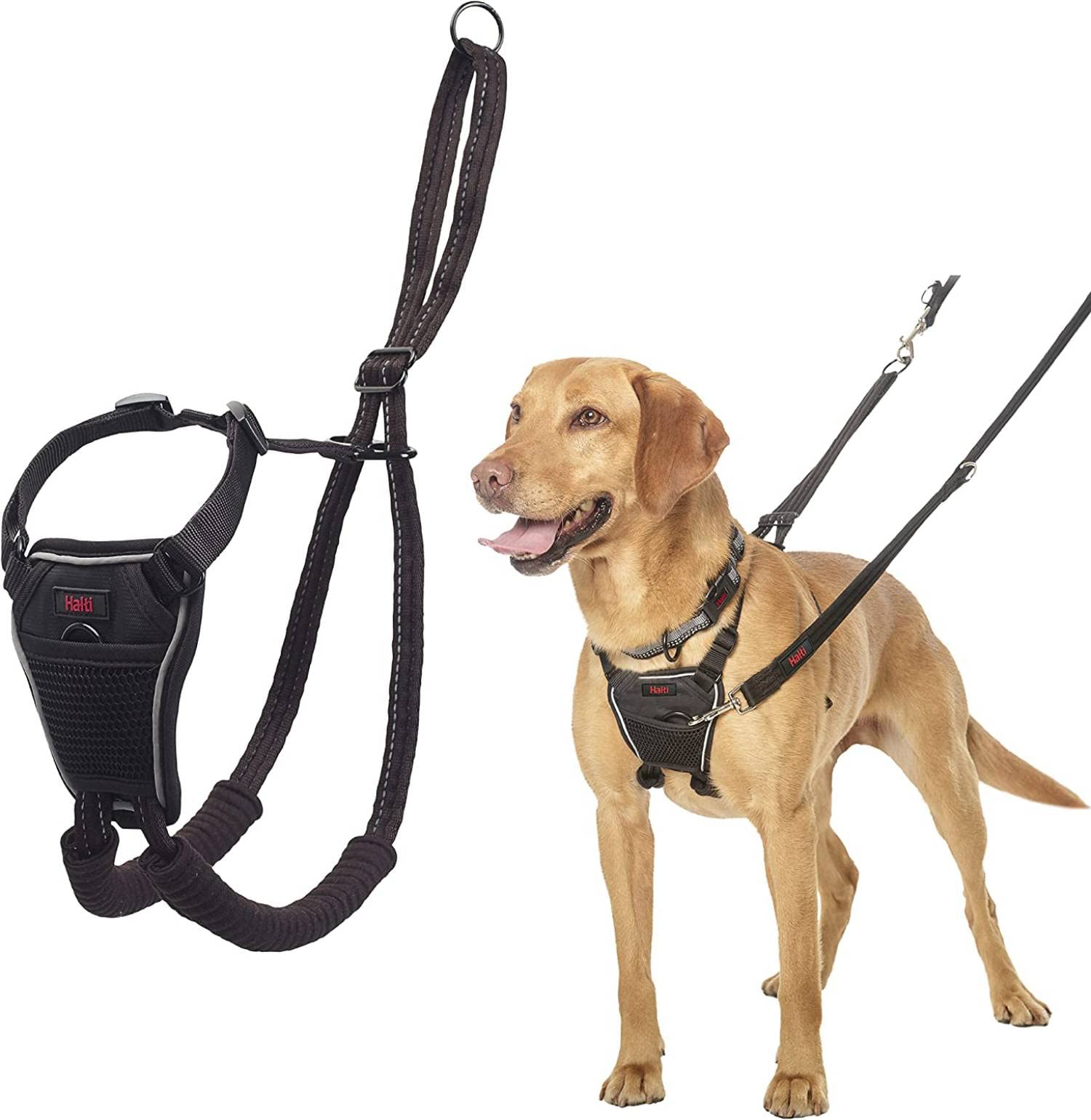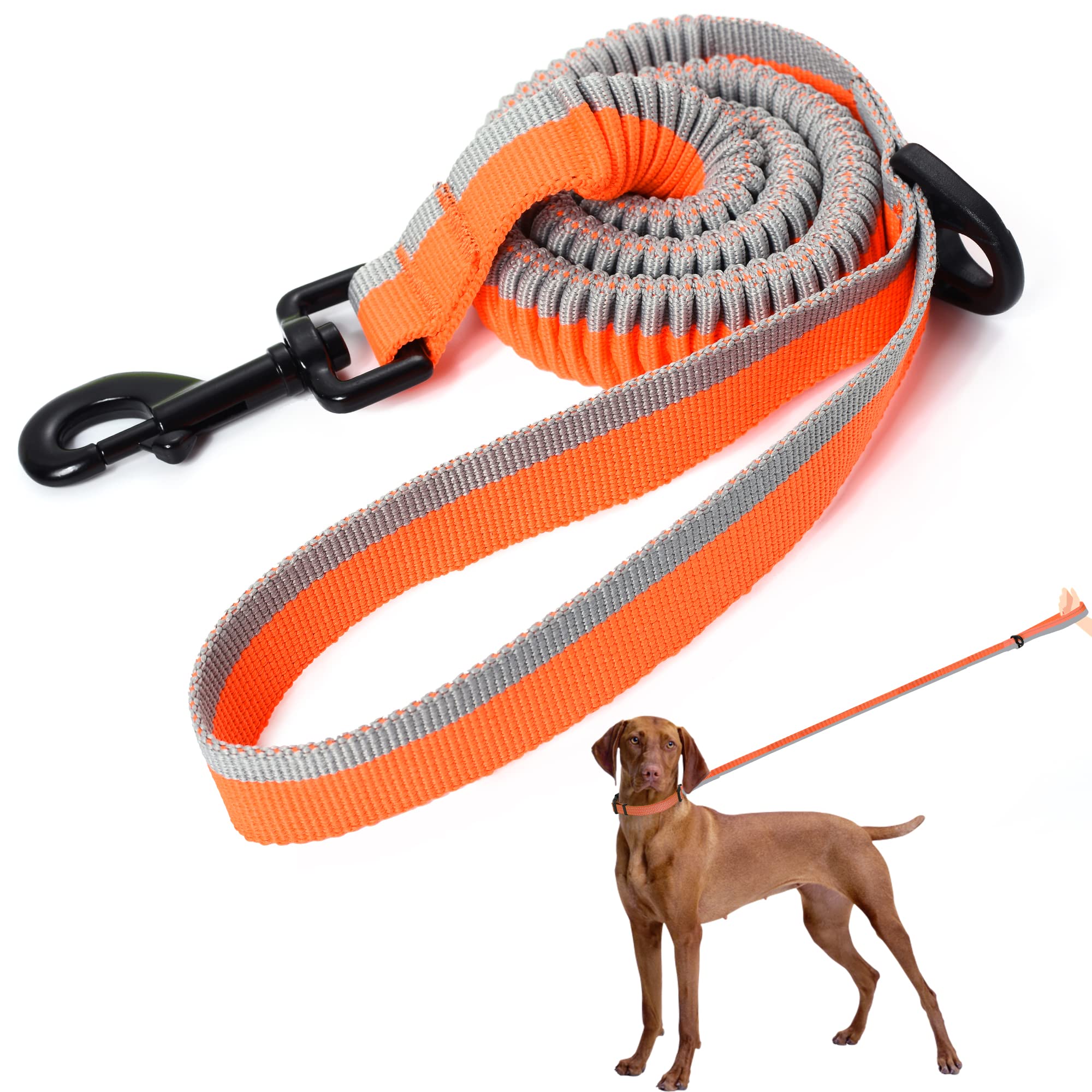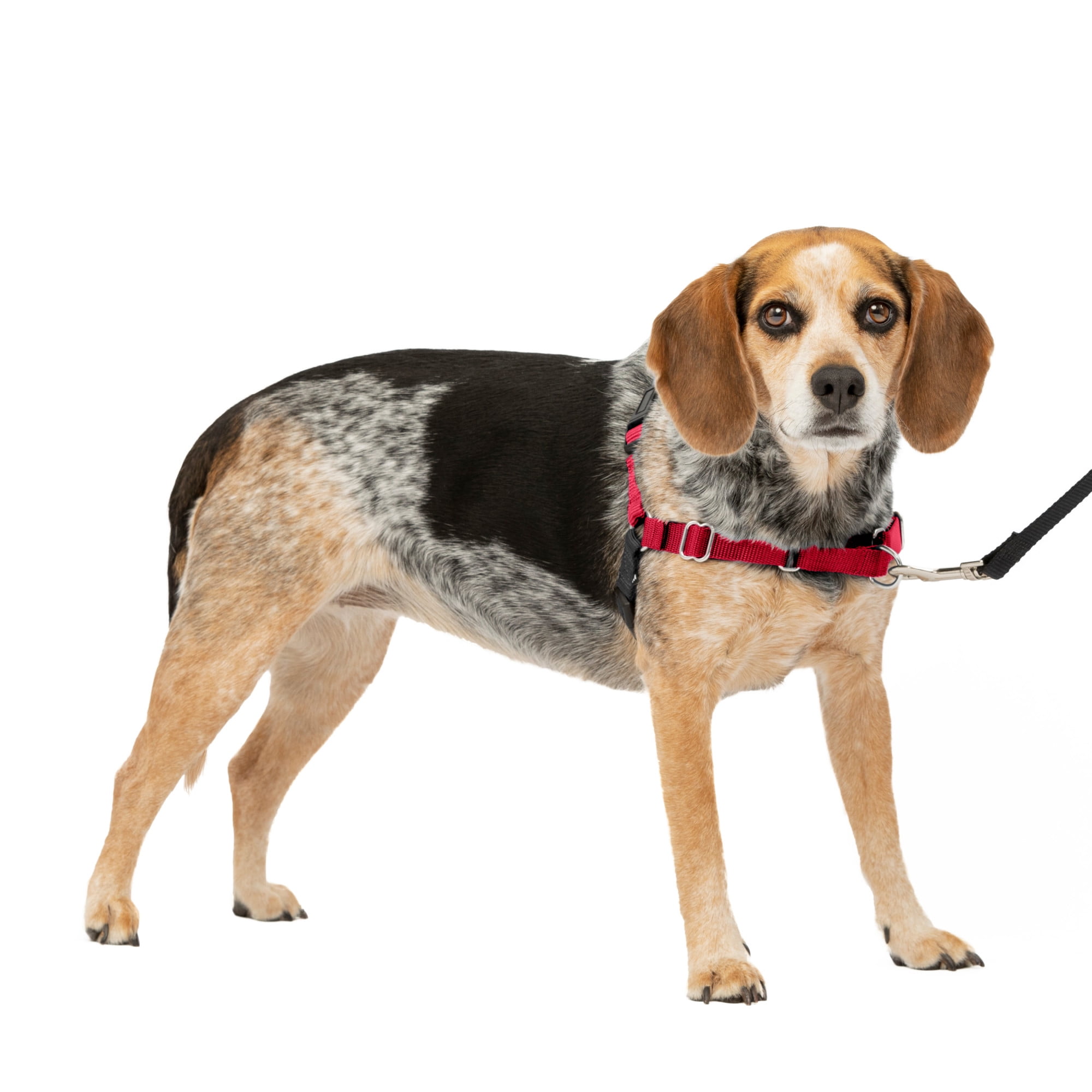1. Introduction: The Leash Connection
Walking your dog on a leash is a daily ritual for many pet owners, providing both exercise and bonding time. However, if your dog pulls on the leash, it can turn a pleasant stroll into a frustrating struggle. Understanding why dogs pull on the leash is key to addressing this behavior and enjoying a more harmonious walk with your furry friend.
2. The Instinct to Explore: Curiosity and Excitement
One of the primary reasons dogs pull on the leash is their innate curiosity and excitement about the world around them. Dogs are naturally curious creatures, eager to explore new scents, sights, and sounds. When they see something intriguing or exciting, such as another dog, a squirrel, or an interesting smell, their instinct is to move towards it, often pulling on the leash in the process.

3. Socialization and Communication: Meeting Other Dogs
Another common scenario where dogs may pull on the leash is when they encounter other dogs during walks. Dogs are social animals, and meeting other dogs is an important part of their socialization process. When they see another dog approaching, they may become excited and eager to interact, leading them to pull on the leash in an attempt to get closer and greet their furry counterpart.
4. Lack of Training: Reinforcing Unwanted Behavior
In many cases, dogs pull on the leash simply because they haven’t been properly trained to walk calmly by their owner’s side. Without consistent training and reinforcement of desired behaviors, such as walking politely on a loose leash, dogs may develop the habit of pulling as a means to get where they want to go or to satisfy their curiosity.
5. Positive Reinforcement: Encouraging Good Behavior
Effective leash training begins with positive reinforcement, rewarding your dog for walking calmly beside you on a loose leash. This can be achieved through treats, praise, or toys, providing motivation for your dog to maintain the desired behavior. By consistently rewarding your dog for walking nicely on the leash, you can reinforce this behavior and encourage them to continue walking politely in the future.

6. Redirecting Attention: Distraction Techniques
When your dog begins to pull on the leash, it’s essential to redirect their attention back to you in a positive and gentle manner. This can be done by using verbal cues, such as “heel” or “let’s go,” combined with a gentle tug on the leash to guide them back into position. Additionally, carrying treats or a favorite toy can help to redirect your dog’s focus away from distractions and back to walking calmly by your side.
7. Consistency and Patience: Keys to Success
Consistency and patience are key components of successful leash training. It’s essential to remain consistent in your training methods and expectations, providing clear cues and rewards for desired behavior while gently correcting unwanted pulling. Additionally, patience is crucial, as leash training takes time and repetition to achieve lasting results. By approaching leash training with a positive attitude and a willingness to work with your dog, you can help them learn to walk politely on the leash and enjoy stress-free walks together.

8. Understanding Body Language: Signs of Stress and Discomfort
Pay attention to your dog’s body language during walks, as it can provide valuable insights into their emotions and comfort level. Signs of stress or discomfort, such as tense body posture, flattened ears, or excessive panting, may indicate that your dog is feeling overwhelmed or anxious. If you notice these signs, take a break, provide reassurance, and adjust your walking route or pace to ensure your dog feels safe and relaxed.
9. Seeking Professional Help: When to Consult a Trainer
If you’re struggling to address your dog’s leash pulling behavior on your own, don’t hesitate to seek help from a professional dog trainer or behaviorist. These experts can assess your dog’s behavior, provide personalized guidance and training techniques, and help you develop a customized plan to address the underlying causes of leash pulling. With their expertise and support, you can work towards resolving the issue and enjoying stress-free walks with your canine companion.

10. Equipment Matters: Choosing the Right Gear
Selecting the appropriate equipment can also play a significant role in managing leash pulling behavior. Opt for a well-fitting harness rather than a collar, as harnesses distribute pressure more evenly across your dog’s body, reducing the risk of injury or discomfort. Additionally, consider using a front-clip harness or head halter, which can provide more control and discourage pulling by redirecting your dog’s forward momentum.
11. Exercise and Mental Stimulation: Meeting Your Dog’s Needs
Incorporating regular exercise and mental stimulation into your dog’s routine can help alleviate excess energy and reduce leash pulling behavior. Ensure your dog receives plenty of opportunities for physical activity through daily walks, playtime, and interactive games. Additionally, provide mental stimulation through puzzle toys, training sessions, and scent games to keep your dog’s mind engaged and satisfied.
12. Avoiding Triggers: Minimizing Distractions
Identifying and avoiding triggers that elicit leash pulling behavior can help prevent frustration and maintain control during walks. If your dog becomes overly excited or reactive in certain environments, such as crowded streets or busy parks, consider adjusting your walking route or schedule to minimize exposure to these triggers. Gradually expose your dog to challenging situations while using positive reinforcement techniques to desensitize them and build confidence.

13. Management Techniques: Setting Boundaries
In some cases, managing leash pulling behavior may require implementing boundaries and limitations to prevent reinforcement of unwanted behavior. For example, if your dog pulls excessively towards a particular stimulus, such as squirrels or other dogs, consider creating distance or using barriers to prevent direct access to these triggers. By setting clear boundaries and gradually reintroducing stimuli in a controlled manner, you can help your dog learn to respond calmly and appropriately in challenging situations.
14. Consistent Leadership: Establishing Authority
Establishing yourself as a consistent and confident leader is essential for managing leash pulling behavior effectively. Practice assertive but gentle leadership during walks by maintaining a calm and confident demeanor, setting clear expectations for your dog, and providing guidance through verbal cues and physical cues. By assuming the role of a trusted leader, you can help your dog feel secure and supported, reducing the likelihood of leash pulling and promoting a positive walking experience.
15. Conclusion: Nurturing a Positive Leash Experience
In conclusion, understanding why dogs pull on the leash is the first step towards addressing this behavior and fostering a positive walking experience for both you and your furry friend. By recognizing the underlying motivations behind leash pulling, implementing positive reinforcement techniques, and remaining patient and consistent in your training efforts, you can help your dog learn to walk politely on the leash and enjoy more enjoyable and rewarding walks together. With patience, persistence, and a little bit of training, you can nurture a strong bond with your dog and create lasting memories during your daily walks.










